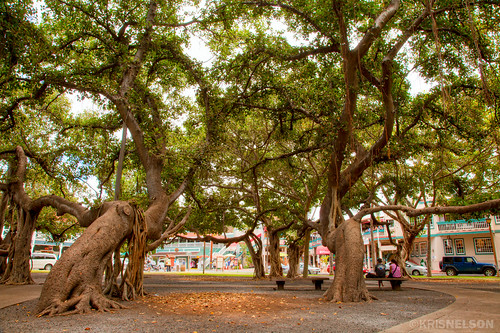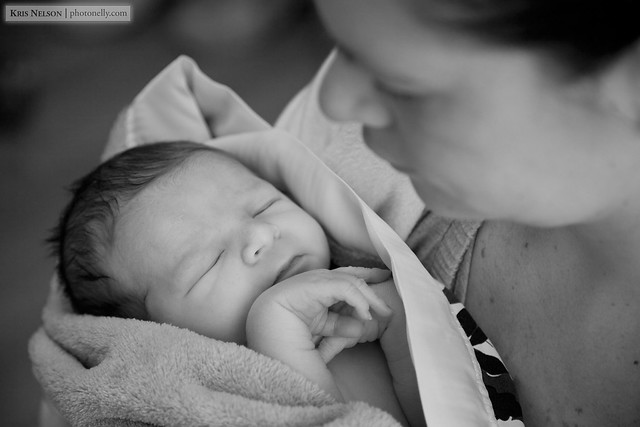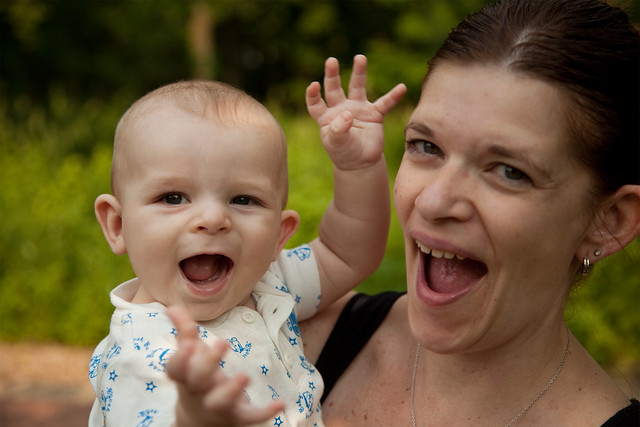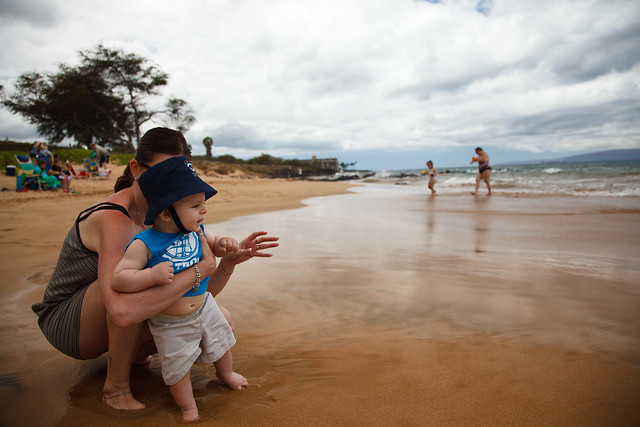 I’m not normally a philosophical kinda guy, but I do like to take a step back every now and then and try to see things from a different perspective, or look at the larger picture of things.
I’m not normally a philosophical kinda guy, but I do like to take a step back every now and then and try to see things from a different perspective, or look at the larger picture of things.
So as I was making updates to my original Maui website and stumbling upon some of the first photos I even took back in ’06, I couldn’t help but stop and reflect on just how far my photography has come in these past few years.
Mind you, I don’t do this for a living or even anywhere near full-time yet, so the learning curve for me started out a little slow only because I wasn’t really shooting that often. But now that I’ve really stepped into my element, my life motto of “Never stop learning” has kicked into full gear and now I’m writing posts like this one you’re reading now.
Back Then
You hear professional photographers like Rick Sammon using catch phrases and giving advice like “don’t take pictures, make pictures” and “make great shots, not snapshots” all the time. Some may sound more cliche than others, but when I first started off back in ’06, I couldn’t even name any professional photographers or instructors, let alone recite their catch phrases. I was the blind being led by no one.
As green as I was back then, and knowing what I know now, it was obvious that I was merely taking snapshots.
To visualize, here’s a snapshot I took with a point-and-shoot camera of the Lahaina Banyan Tree in Maui back in ’06.
A true snapshot, by any definition of the term. And ignore the fact that a photo like this has 1,500+ views on Flickr (although it was uploaded 4 years ago) – that’s a topic for a later time. 😉
I won’t even begin to go dive into the specifics as to what’s wrong with this shot. And that’s fitting, because there really wasn’t much being considered when I took it all those years ago. I just didn’t know any better (not an excuse, just a fact).
The Now
Skip ahead to the present day, after years of self-teaching, a few workshops, and lots of practice and experimenting. Skip ahead to when I’m now making images like this one from last month’s trip to Maui.
For the sake of comparison, it’s an image of the very same banyan tree I shot in the snapshot above from ’06. Only this time, quite a bit of thought went into the final image before I started shooting. All because of what I’ve learned.
For example, I scouted shots under this gigantic tree for about 10 minutes before I started shooting. For this particular image, I knew right away that I wanted a high dynamic range image, and being in the deep shade of the tree, I knew I had to bracket the shot with multiple exposures and combine in post.
Next, I started going through things like my ISO settings, white balance, depth of field, and shutter speeds. All these things I now not only knew about, but could quickly and easily adjust on my camera with no thought whatsoever.
The Perspective
Quite a big difference, eh?
I’m very proud of where I’ve been able to get to with my photography, even though I still realize I’m merely scratching the surface of where I want to go. But by looking back at where I started, I come to appreciate all that it’s taken to get me here, and a sense of accomplishment for sticking with the journey it has become.
Having this bit of perspective comes up more often than you might think. Take, for example, my first attempts at shooting portraits. It started off with quite a bit of frustration from the very beginning. Factor in the idea of using on-camera flash, then off-camera, and needing to learn an entirely new set of terms, settings, and best practices. It gets overwhelming rather quickly, and the first instinct becomes: “I just won’t shoot portraits”.
But then, I take a pause, remind myself that this is only the beginning and not something which will come overnight, and I take a deep breath. I stick with it, and then my ugly, throw away images early on in the learning cycle eventually start to become keepers. The more practice, the more trial, and the more error that comes with it. Just like another popular catch phrase I hear from time to time: “If you’re not making mistakes, you’re not trying hard enough.”
Coming to terms with knowing not every shot every time is going to be perfect, and that learning is a process that isn’t instant, some of that frustration and those overwhelming feelings begin to calm.
Having a Positive Attitude
That same perspective manifests itself in other situations, too.
Another example, for instance, is when I go look for inspiration and ideas on Flickr from other photographers. It usually starts out with…
I love this shot!
…and then it used to go straight to…
I’ll never be able to do that.
By seeing my progress over time, it now follows a different path. Starting with…
I want to learn that.
…which is quickly followed by…
I will do that
…and then finally,
I can do that.
And that’s where all this perspective begins to stimulate more accomplishments and build more confidence. Had I been as focused on learning and striving to improve back then as I am right now, it definitely wouldn’t have taken me as long to get to where I am today.
But like anything else, you can play the “what if” or “if only” games – they’re just a waste of time.
The Lesson
The takeaway from all of this, for me, is two-fold.
First, as I’ve spelled out above, it’s an internal motivator and keeps me grounded. It pushes me to step out of my comfort zone, push my boundaries further, and learn from (and to make) my mistakes.
Second, it’s become more of a teaching point for me to use, too. Whether I’m showing somebody something I did in a particular image, providing feedback to someone’s images or questions, or just talking with someone who’s currently going through the same angst and frustration that I remember having.
If I can try to teach someone the path that I have gone through to get here, then the quicker they can learn to work through the frustration, set proper expectations for themselves, and then get to that point faster where they’re reflecting on their early work with their latest accomplishments and seeing the ground they’ve covered themselves. Being able to help someone reach that level of confidence and overcome whatever adversity they may be facing, at the end of the day is pretty darn rewarding.
The End Game
And to that end, it ends up not being about whether my image is better than someone else’s image or has more views or “Likes” the another image. Instead, it grows into an introspective view of whether I’m happy with my own work, and where I want to improve, and then going out and working on those improvements.
The rewards then become internal to yourself and your personal accomplishments, and not the awards or flair that others send your way. And when you’re happy with the work you can consistently deliver, and you can apply that to the most special memories in your life or the lives of others, you smile and know it was all worth it.
Thoughts?
Thanks for following along on my little philosophical journey here today. If you had any thoughts, comments, or stories of your own to share, please feel free to leave them below.
– Kris




